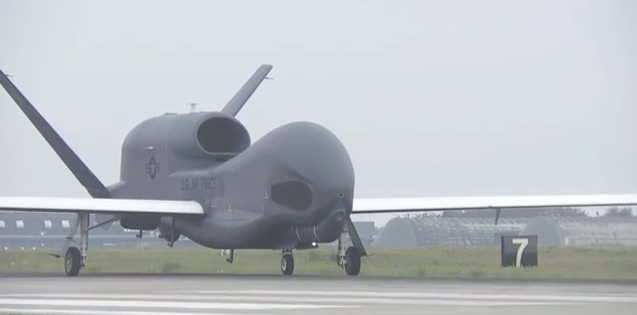For the first time ever, a huge Northrop Grumman RQ-4 Global Hawk drone touched down in Japan.
On May 4, the first U.S. Air Force RQ-4 Global Hawk remotely piloted system arrived at Misawa Air Base, Japan, where it is scheduled to operate from May to October 2014.
The huge Northrop Grumman UAS (Unmanned Aerial System) was deployed to Japan to support ISR (Intelligence Surveillance and Reconnaissance) missions in the Pacific theater, carried out by a team of a team of 40 personnel belonging to the 69th Reconnaissance Group, Detachment 1.
The detachment to Misawa, in Japan, is going to be a temporary replacement for the ISR missions launched for Guam, particularly affected by the inclement summer weather that usually leads to numerous sorties cancelled due to typhoons and thunderstorms.
Misawa Air Base was selected as an alternate base weighing a wide variety of factors, including seasonal weather patterns, facilities locally available, costs.
Even though the primary mission of the Global Hawk will be ISR (or “spying”), their presence could be useful to support humanitarian operations in the region, as already proved during Operation Tomodachi, a relief effort launched in 2011 when a 9.0-magnitude earthquake and accompanying tsunami struck northeastern Japan.
Launched just 9 hours after being requested to, the RQ-4’s sensors were used to pinpoint passable roads and territories for responders and to identify improvised landing zones.
Last year, Global Hawk UAS was also used to support Operation Damayan following after Super Typhoon Haiyan hit the Philippines. The large drone covered 100,000 kilometers of disaster area for more than 30 hours, collecting near real-time imagery that was used to look for locals in need of help and identify fires or partially submerged vessels.
Noteworthy, the detachment will be postured and ready to continue the mission at all times whether at Misawa Air Base or Andersen Air Force Base.
















